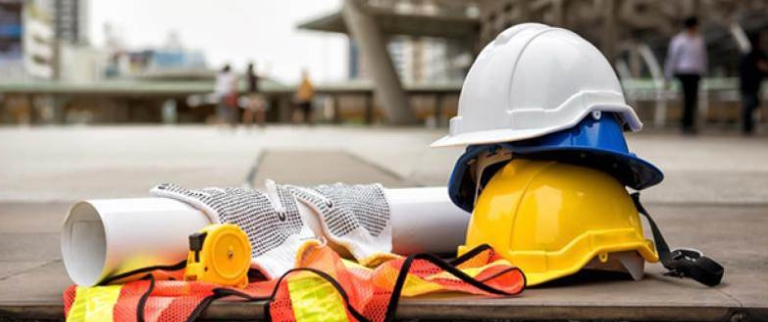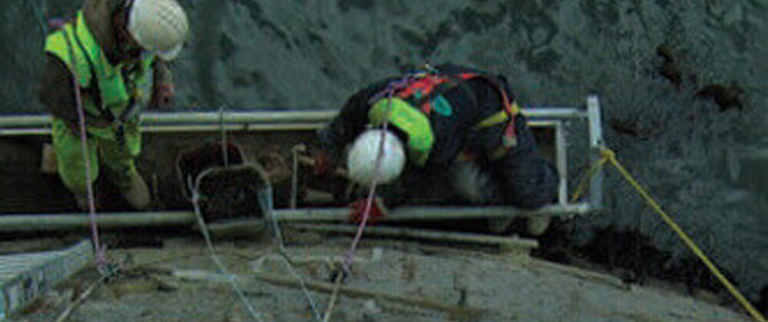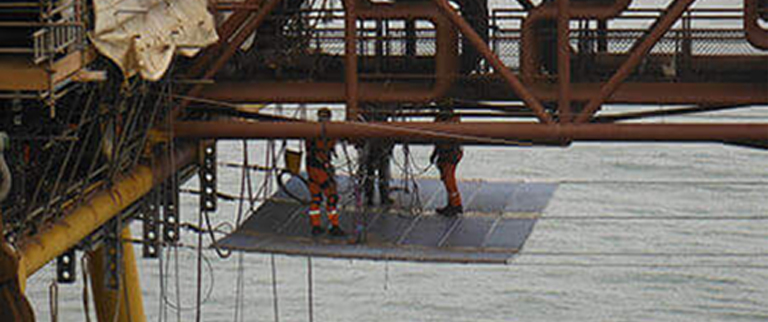
When it comes to working at heights, safety should always be the top priority. Whether scaling a skyscraper or navigating construction scaffolding, having the right equipment can make all the difference. This is where work positioning systems come into play, offering a vital solution for workers who need stability and security while performing tasks at elevated heights.
What is a Work Positioning System or Solutions for Working at Height?
A work positioning system is a specialized set of equipment designed to keep workers safe and secure while performing tasks at elevated heights. Unlike fall arrest systems, designed to catch a worker in the event of a fall, work positioning systems are focused on preventing falls altogether by providing stability and support.
What Is the Use of a Work Position Rope?
At the heart of many work positioning systems is the work positioning rope. This rope is typically made of high-strength materials such as nylon or polyester and is designed to be attached to a worker’s harness. Anchoring the rope to a secure point above the worker allows them to move freely while maintaining a safe distance from the edge.
What are Work Positioning Systems for Fall Protection?
While work positioning systems primarily focus on preventing falls, they can also be integrated with fall protection systems for added safety. In these systems, the work positioning rope serves as a backup in case the primary fall protection system fails, providing additional security for workers at height.
What are Work Positioning Systems in Construction?
Construction sites are one of the most common environments where work positioning systems are used. From installing steel beams to applying facade finishes, construction workers often work at significant heights where the risk of falls is ever-present. Work positioning systems give these workers the stability and confidence they need to perform their tasks safely and efficiently.
What is a work positioning system used for?
Work positioning systems are versatile tools that can be used for various tasks in various industries. In addition to construction, they are commonly employed in telecommunications, window cleaning, and tree maintenance industries. Any job requiring workers to perform tasks at elevated heights can benefit from using a work positioning system.
Must-Knows When Using a Work Positioning System
Following proper procedures and guidelines is essential to ensure maximum safety when using a work positioning system. This includes thorough training on the equipment, regular inspections of all components, and proper maintenance to keep everything in working order. Additionally, workers should always wear appropriate personal protective equipment (PPE) and be aware of their surroundings to avoid potential hazards.
Conclusion
In conclusion, work positioning systems play a crucial role in ensuring the safety of workers who perform tasks at elevated heights. By providing stability, support, and fall prevention, these systems empower workers to focus on their jobs without compromising their safety. Whether in construction, maintenance, or any other industry, investing in the proper work positioning system can make all the difference in protecting workers and preventing accidents.



